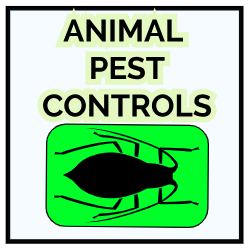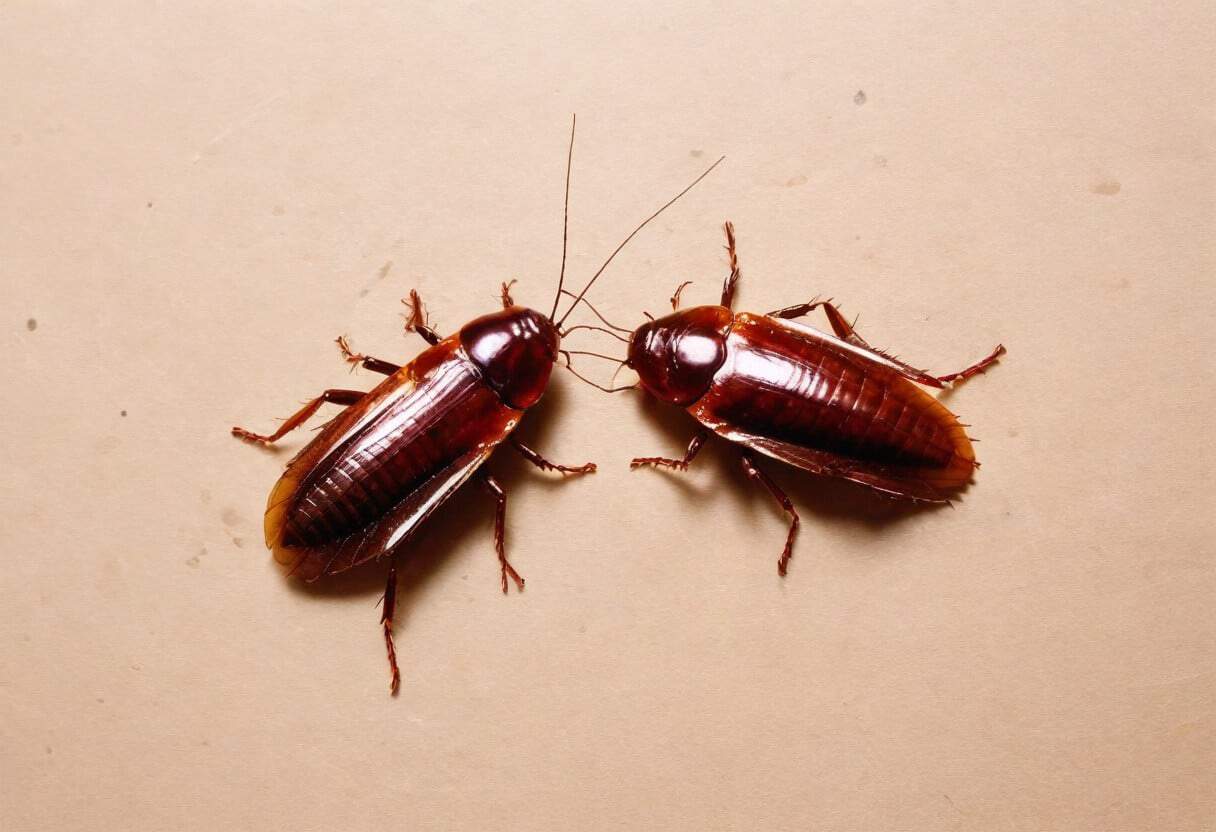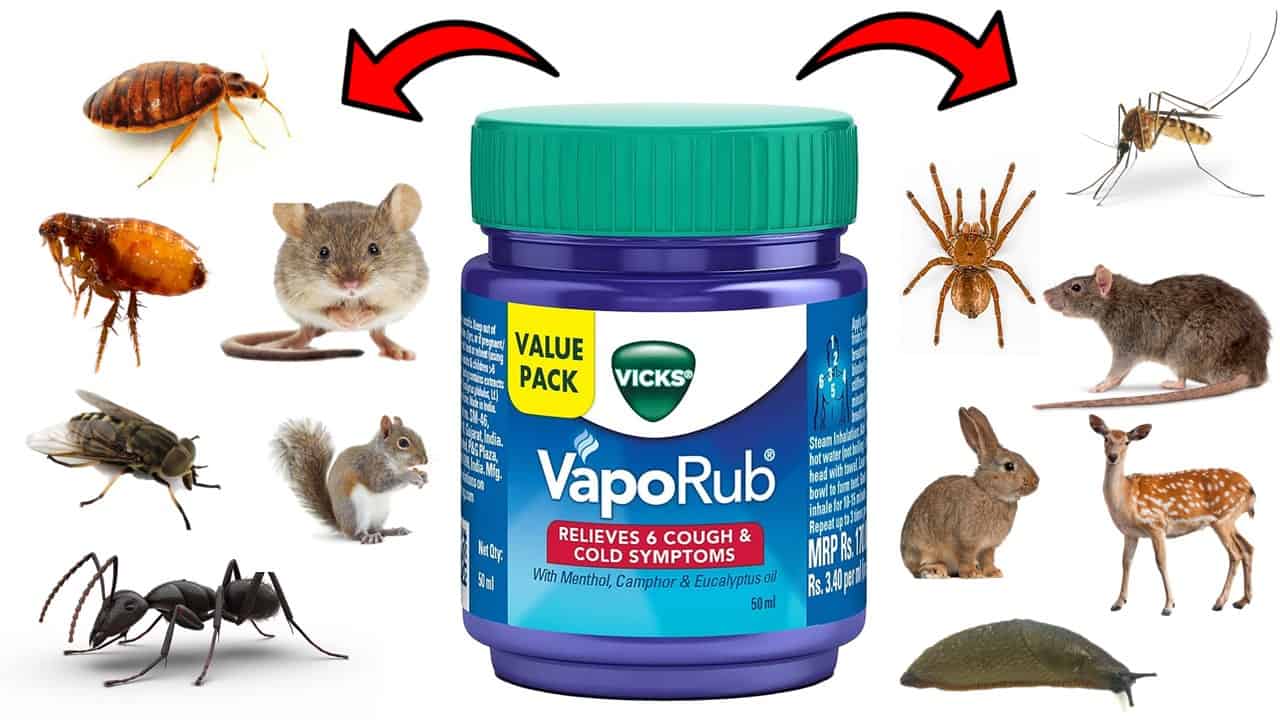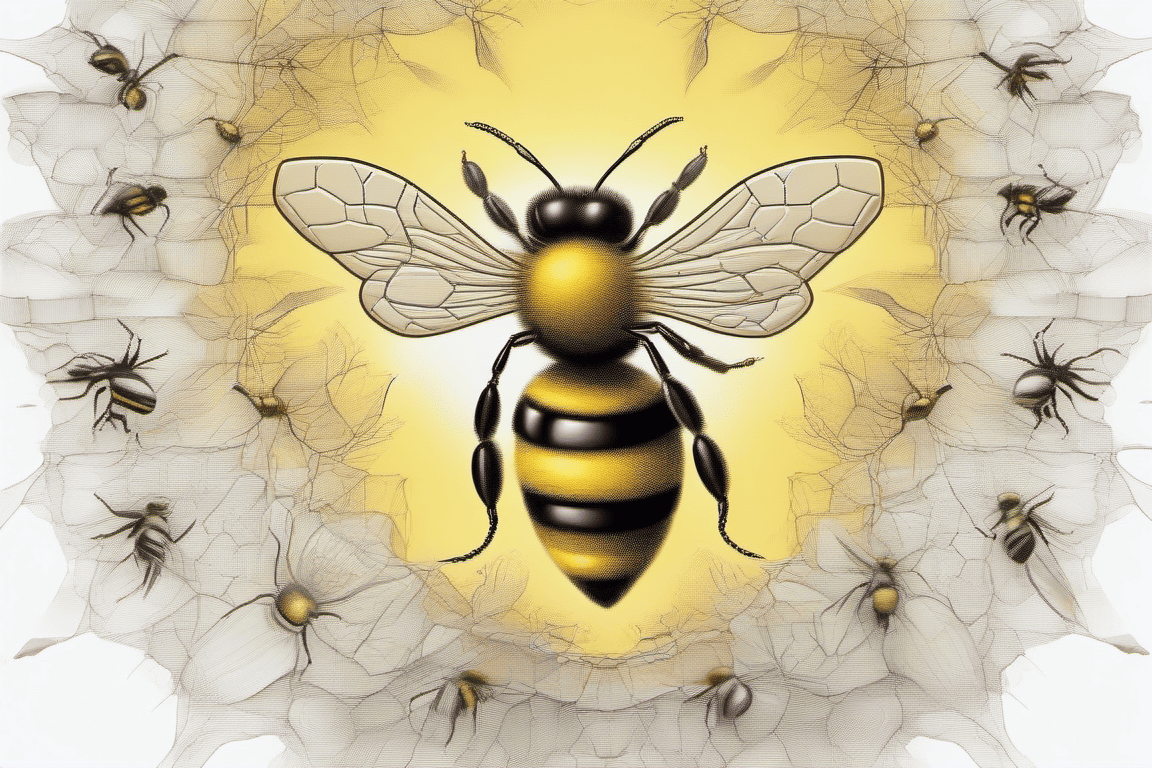Stink bugs can be a nuisance in many households and often cause damage to plants and crops in gardens.
These insects are infamous for their unpleasant odor, which they release when they feel threatened or disturbed. While chemical insecticides may seem obvious to crush stink bugs, natural methods can be just as effective.
If you are tired of stink bugs invading your home, this video is for you. We’ll show you the best natural methods to repel, trap, and eliminate these pests without chemical products.
You’ll learn ways to keep those pesky stink bugs away from your living space!
Plus, you’ll discover preventive measures you can take so they don’t return.
Don’t wait any longer. Watch now and take back control of your home or garden!
Table of Contents
What are Stink Bugs?
Stink bugs, also known as shield bugs or brown marmorated bugs, are six-legged insects that belong to the family Pentatomidae.
They can range from half to three-quarter inch long and have a distinctive shield-like body or shape. Stink bugs are typically brown or green and have a mottled appearance on their bodies.
Their antennae are long and segmented, with four sections, while their legs are spiny. Stink bugs get their name from the foul odor they emit when threatened or disturbed.
This odor is produced by glands on the underside of the stink bug’s body.
It is a defense mechanism against predators. When threatened, stink bugs will also raise their wings over their backs, revealing bright colors that may serve as a warning signal to potential predators.
These bugs are slow-moving insects that prefer warm temperatures. They feed on plants and fruits using piercing-sucking mouthparts to pierce the plant and suck out its juices.
Stink bugs can become pests in agricultural areas where they cause damage to crops such as soybeans, corn, and wheat. They tend to invade homes and gardens during the fall season.
While they do not pose significant health risks to humans, their presence can be quite bothersome, and eradicating them with home ingredients is preferable.
What are the Natural Ways to Eliminate Stink Bugs?
1. Make a soapy water trap
This method is simple and effective, as it suffocates the insects.
Mix liquid dish soap with warm water in a container. Place the container under a light source where stink bug activities are prevalent. Stink bugs are attracted to light.
They will fly toward the light source and land on the trap. Once they touch the surface of the soapy water, their bodies will become coated with soap.
The soap inhibits their ability to breathe air through their skin pores leading to suffocation, drowning hence death. Check and replace the solution as stink bug carcasses may accumulate over time, making it less effective.
The great thing about this method is that it doesn’t involve harmful chemicals. You can dispose of it after use.
2. Vacuum up the bugs
The vacuum machine is a quick and easy way to eliminate stink bugs.
First, find where stink bugs are most active in your home.
These spots can include window sills, doorways, and light fixtures. After identifying these areas, turn on your vacuum and use the hose attachment to suck up any stink bugs you see.
It is best to dispose of it with a disposable bag immediately after vacuuming them. It prevents the bugs from releasing their foul odor into your home as they decompose.
While using a vacuum may not eliminate all of the stink bugs in your home, it can reduce their population and prevent them from causing further damage or producing more offspring.
So why not try this natural method to eliminate stink bugs today?
3. Cultivate repellent plants
Stink bugs hate the strong scent of certain plants, causing them to avoid these areas altogether. One such plant is marigold, which is an excellent stink bug repellent.
Another plant that works like magic is garlic. The pungent odor from this herb can drive away stink bugs and other pests like mosquitoes and aphids.
Additionally, planting mint around your garden or home can send these bugs packing while adding a pleasant aroma to the surroundings. You can use several plants as natural repellents against these bugs.
Cultivating these plants in your garden landscape or placing them in strategic locations around your home can keep these pesky insects at bay.
4. Spread fly tape along the entryways in your home
You can spread fly-tape along the entrance of your home where stink bugs are likely to enter. Since they are attracted to light, it’s best to put the fly tape near bright windows or doors where it might attract them.
Fly tape can trap stink bugs because they stick to the adhesive and become immobile. This tape can catch other insects or even small animals if placed improperly.
If you end up with stink bugs on your fly tape, dispose of them properly. You can wrap them in paper towels and throw them away or release them outside, far away from your home.
5. Spray the bugs with soapy water and lavender oil solution
Stink bugs can be quite a nuisance, especially during the summer and fall.
However, several home items can eliminate these pesky insects without harming the environment or your health. One such remedy is a soapy water and lavender oil solution.
Mix a few drops of lavender essential oil with warm water and dish soap in a spray bottle. Then, spray the affected areas where stink bugs congregate, such as window sills and door frames.
The combo will suffocate the bugs while repelling them due to the strong scent of lavender.
This solution may not eliminate stink bug infestations but can reduce their numbers without resorting to harmful chemicals.
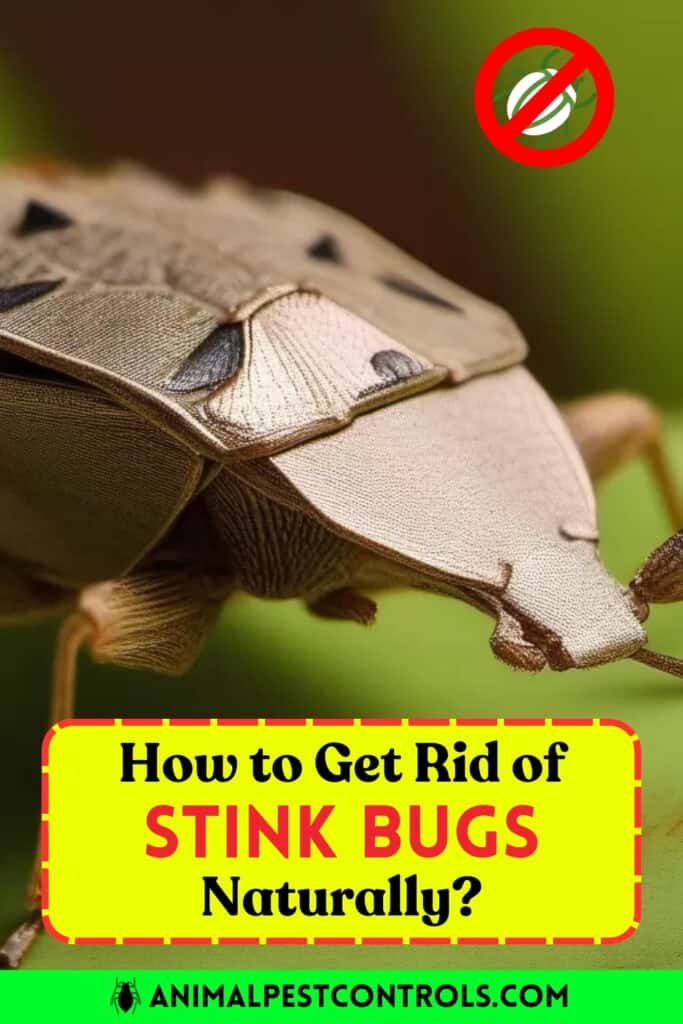
6. Spray them with neem oil
Neem oil is a natural solution to get rid of stink bugs. It is extracted from the seeds of neem trees, native to India and other parts of Asia.
Neem oil contains azadirachtin, a compound with insecticidal properties that can disrupt the life cycle of stink bugs. Mix it with water and apply it to the insects or their hiding places.
This oil will suffocate them and prevent them from reproducing. Additionally, neem oil has a residual effect that lasts for several days, which means it can continue to protect your home even after you’ve applied it.
One advantage of using neem oil as a natural bug repellent is that it does not harm beneficial insects like bees and butterflies. It also poses no risk to humans or pets when used in the recommended amounts.
However, it can cause vomiting and diarrhea in pets if ingested in large quantities. So, be sure to keep it out of their reach.
7. Sprinkle some diatomaceous earth
Diatomaceous earth is a powdery substance made from the fossilized remains of tiny aquatic organisms called diatoms.
The sharp edges of the particles can pierce through the exoskeleton of stink bugs, causing them to dehydrate and die.
To use diatomaceous earth, sprinkle a thin layer around areas where stink bugs are likely to enter your home, such as windowsills or door frames.
You can also apply it around plants attacked by stink bugs. You must wear gloves and a mask while handling diatomaceous earth, as it can irritate your skin and lungs.
While diatomaceous earth is an effective method for controlling stink bugs, it may take some time to see results.
Ensure you reapply the powder, especially after rain or watering your plants.
Conclusion
Stink bugs can be a nuisance around the household. However, you can eliminate them with some effort and patience.
Using essential oils, vacuuming, incorporating repellent plants, and sealing entry points can keep these pests at bay. Do not forget that prevention is vital to avoiding an infestation.
Regularly inspecting your home and taking necessary precautions will help prevent these pesky bugs from infiltrating your space. With these natural methods in mind, you can take control of the situation and enjoy a stink-bug-free home.
Try out some of these techniques today and say goodbye to stink bugs!
